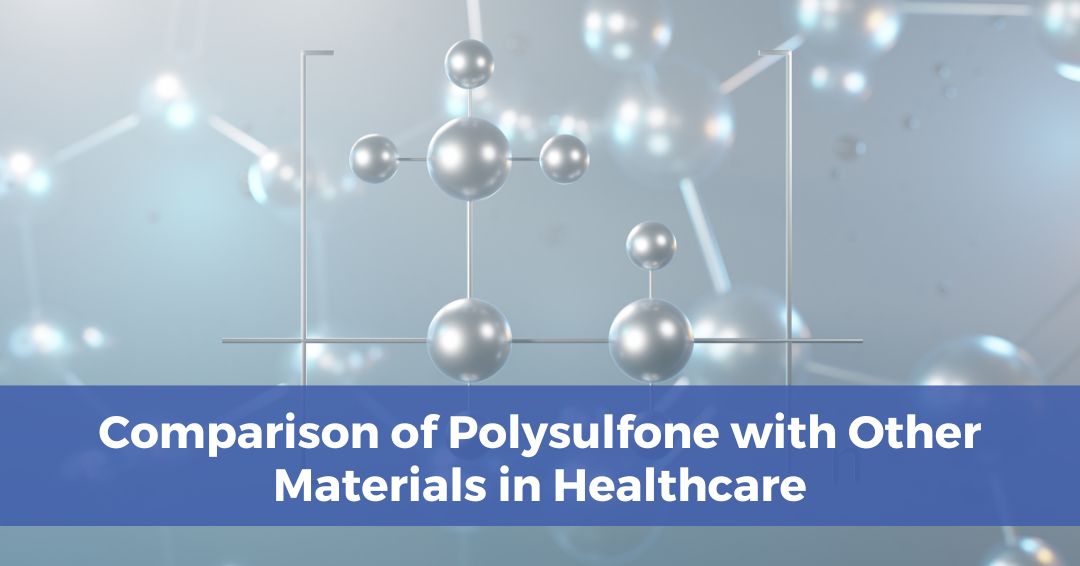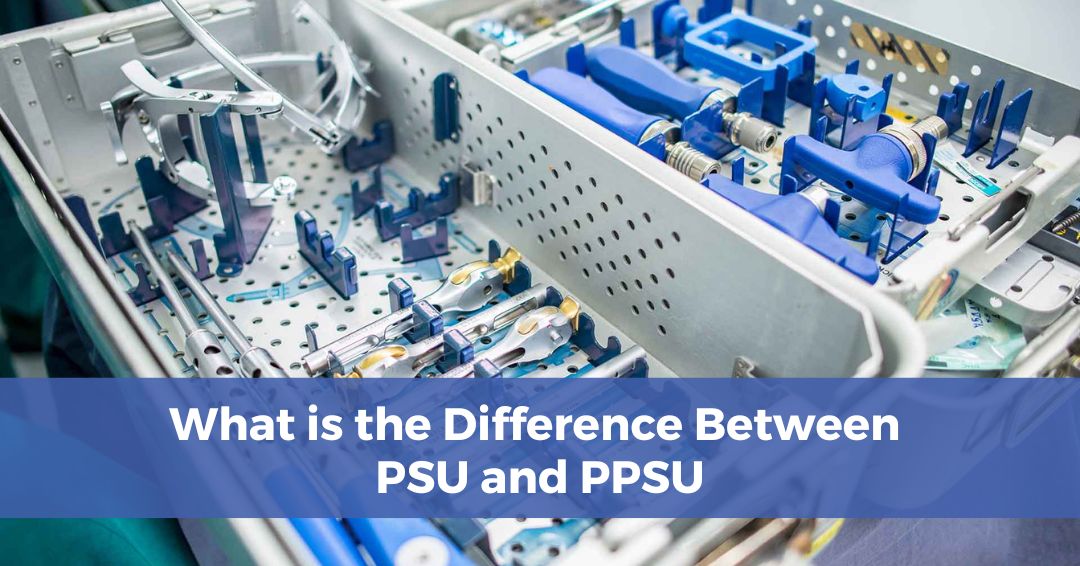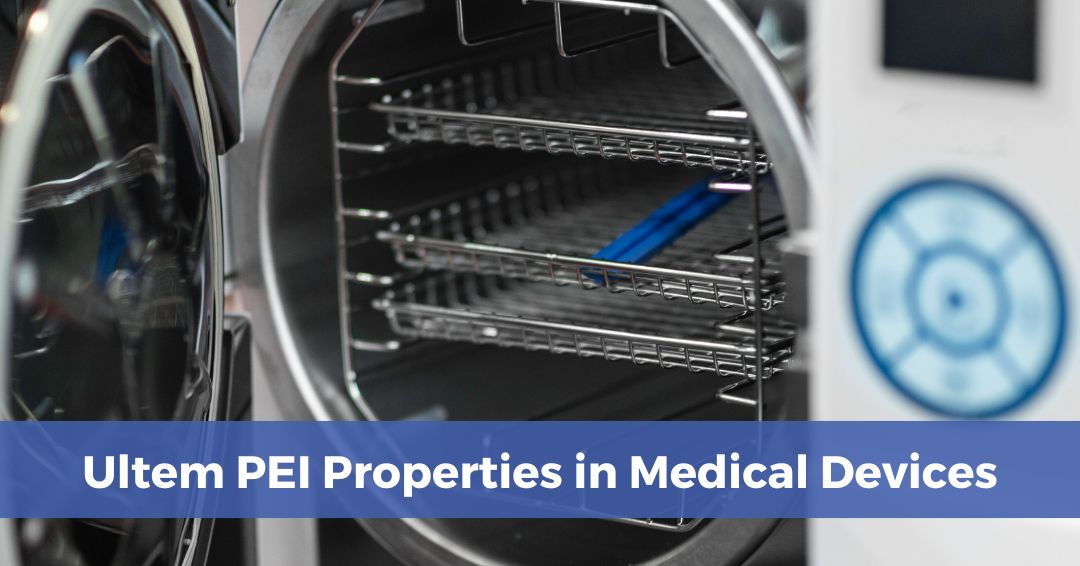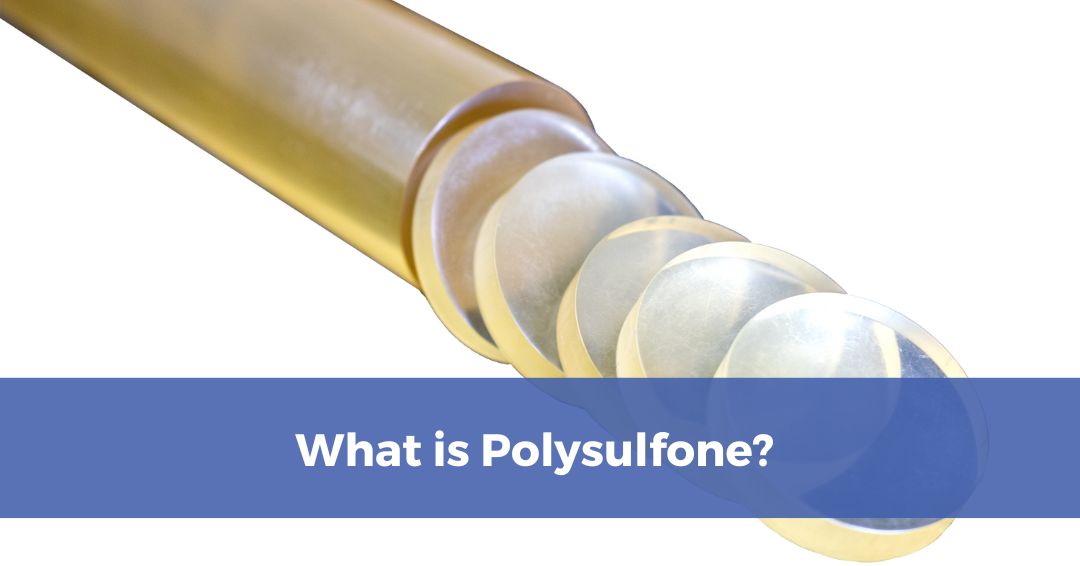
What Are the Common Applications for Ultem in Healthcare?
Ultem PEI is chemically defined as a polyetherimide. As a medical plastic material, it is available in grades that offer a diverse combination of properties

Ultem PEI is chemically defined as a polyetherimide. As a medical plastic material, it is available in grades that offer a diverse combination of properties

Polysulfone (PSU) is a medical grade plastic that offers an impressive combination of biocompatibility, durability and compatibility with most sterilization options. Its overall balance of

Polysulfone (PSU) and polyphenylsulfone (PPSU) are both members of the sulfone family of amorphous polymers. They are considered high performance plastics and are widely specified

Several plastics meet regulatory requirements for limited contact devices, or medical devices that can be in contact with bodily tissue and fluids for up to

Medical Device Manufacturers have dozens of different families of medical polymers to choose from when designing a product. Making it more complex is the fact

Ultem PEI (polyetherimide) is a high-performance thermoplastic introduced in the 1980s. The material offers exceptionally high strength in an amorphous polymer, along with dimensional stability,

Polysulfone is a member of the sulfone polymer group, a class of engineering thermoplastics with excellent mechanical and thermal properties and the ability to resist
Home Genesis-engineered extrusion, injection molding and machining equipment has the proven versatility to convert the diverse spectrum of medical grade and biocompatible plastics into the
Home Genesis’ semi-finished shapes and parts production capabilities for implantable PEEK and other biocompatible plastics are backed by our ISO 13485:2016 and ISO 9001:2015 and
Home Genesis converts a broad spectrum of rigid medical plastics including implantable grades into extruded semi-finished shapes and precision parts for medical devices. ISO 13485:2016